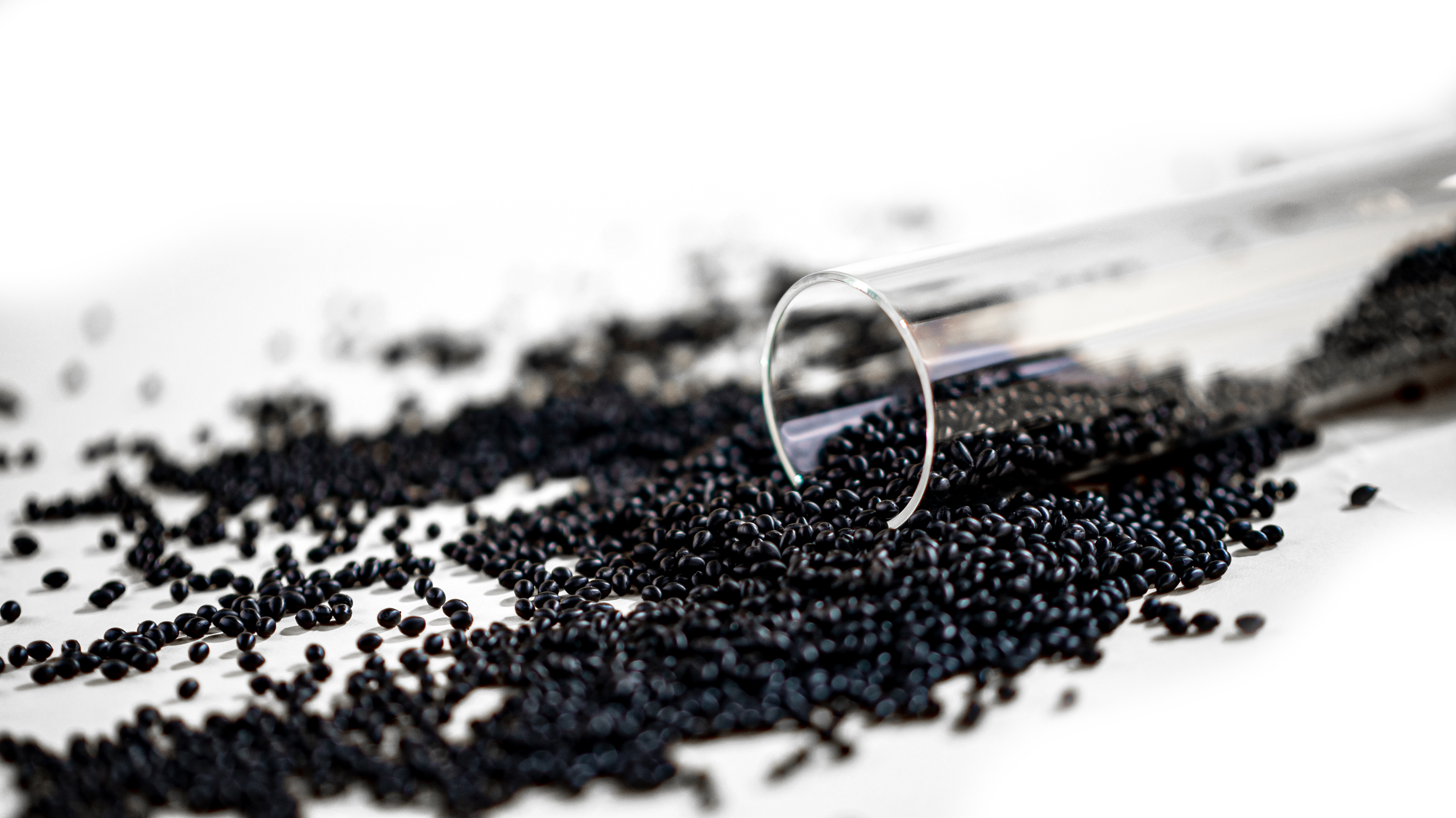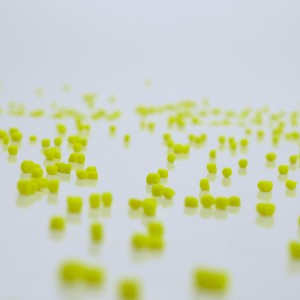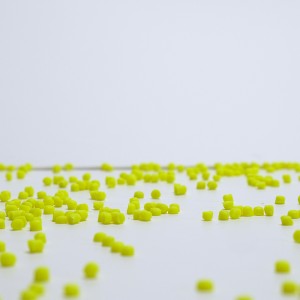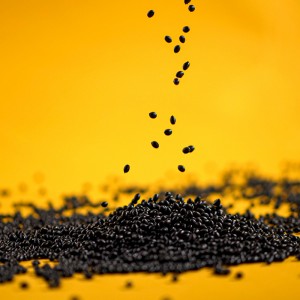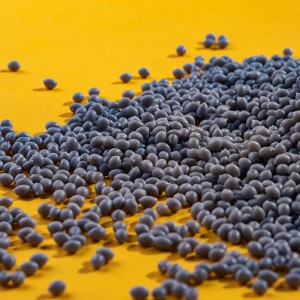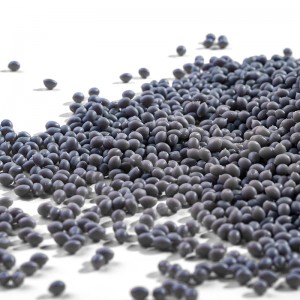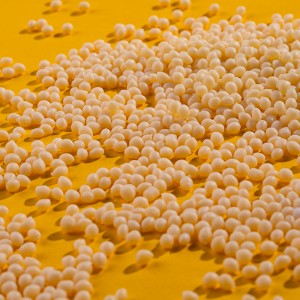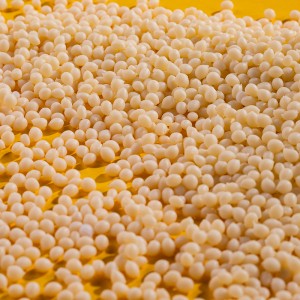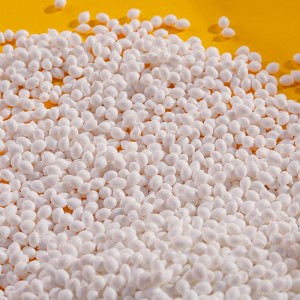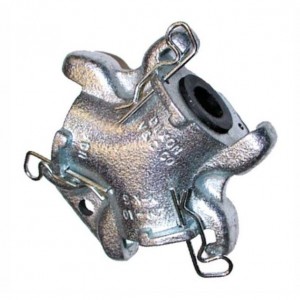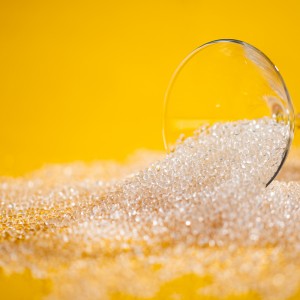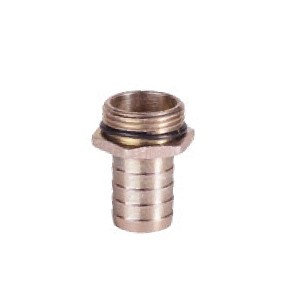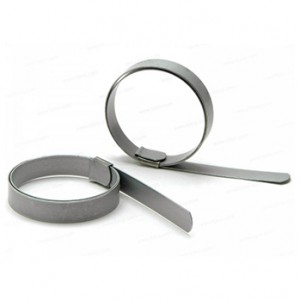TPE Series- TPR
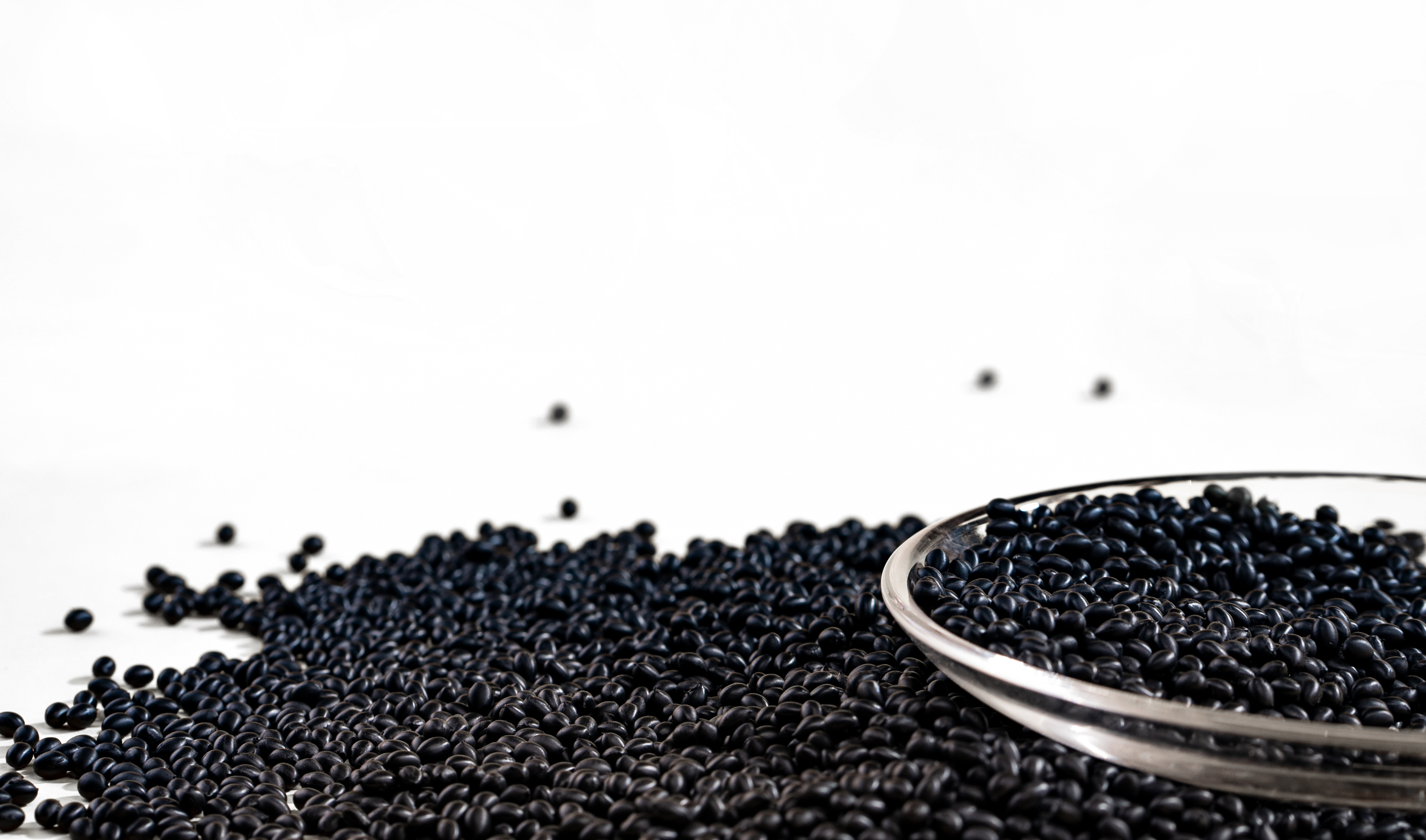
TPR
Standard:
in line with ROHS, REACH, EN71-3, ASTMF963 environmental testing standards.
Application:
Sports Products: golf clubs, various rackets, bicycles, ski equipment, water skiing equipment, etc., diving fins, frog mirrors, straws, flashlights, etc., brake pads, and moving pads.
Daily Supplies: handles (knives, combs, scissors, suitcases, toothbrush handles), foot mats (for indoor and outdoor use), table mats, bottle caps Lining, backpack base and other rubber products.
Tools: hand tools (screwdrivers, hammers, etc.), trolley wheels.
Auto parts: car fenders, gear covers, door and window seals, gaskets, steering wheels, dust jackets, pedals, projection lamp housings, locomotive (bicycle) handlebars.
Stationery: eraser,pen holder, gasket.
Medical supplies: suction balls, instrument handles, wheels, straps, containers, gas masks, various pipe fittings, bottle stoppers.
Wire and cable: cable jacket, connector, plug coating.
Footwear: insoles, heel guards.
Other: game steering wheel, handle, mouse cover, pad, shell cover, CD box and other soft, shockproof parts.
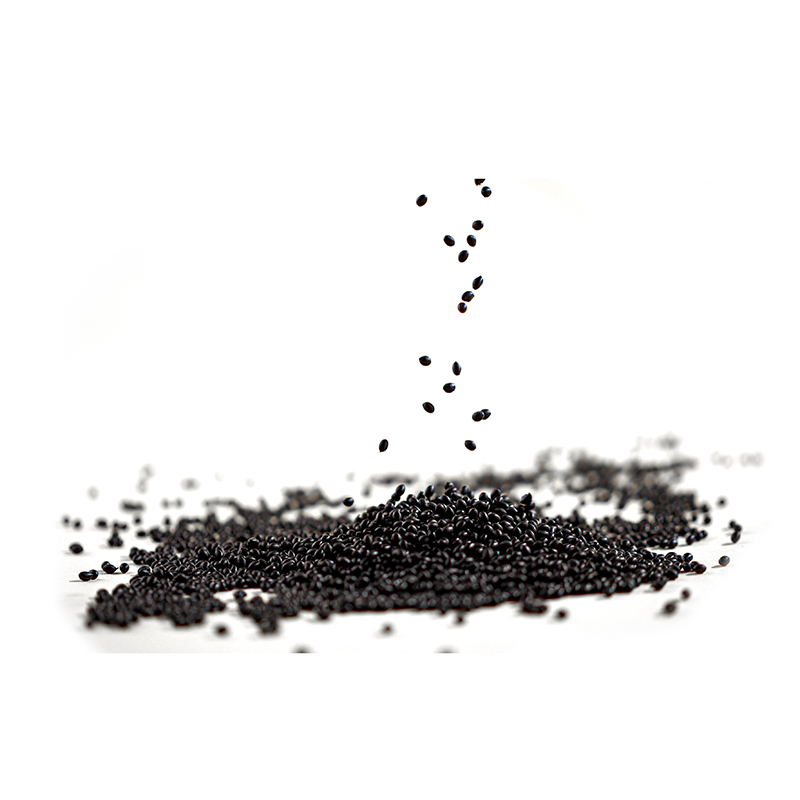
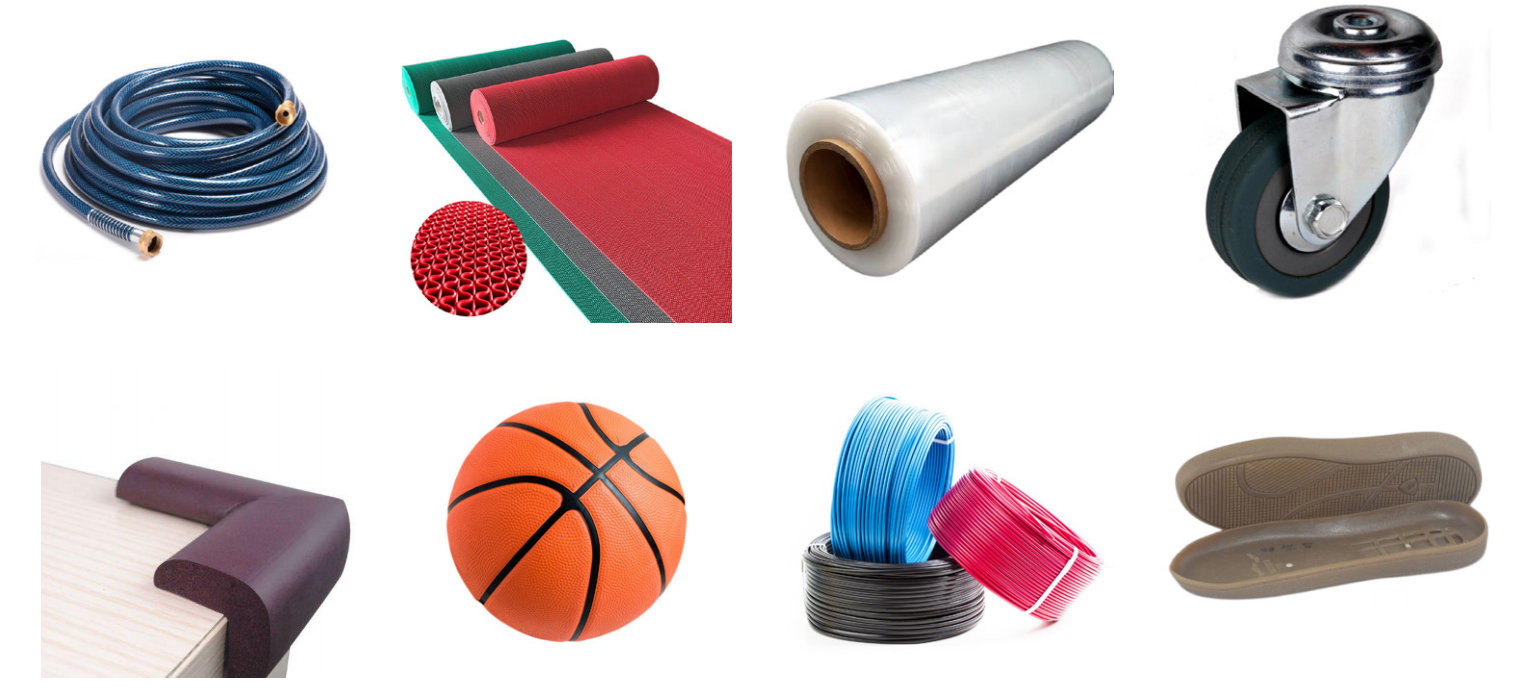
Introduction:
TPR material is based on thermoplastic styrene-butadiene rubber (such as SBS, SEBS) as the basic raw
material, adding resin, filler, plasticizer and other functional additives to blend and modify it. TPR is a kind
of polymer with both rubber and thermoplastic characteristics, showing high elasticity of rubber at room
temperature, and plasticizing molding at high temperature.
Features:
Available in translucent, highly transparent, white, black and other colors.
Environmentally friendly, halogen-free, non-toxic and not smelly.
Excellent shock absorption and non-slip wear resistance.
Good UV and chemical resistance.
Wide range of hardness options, can be adjusted according to needs.
Service temperature up to 125° C.
Excellent resistance to compression deformation and shrinkage.
Excellent resistance to dynamic fatigue.
Excellent ozone andweather resistance.
Easy to process andcolor.
It can be coated and bonded with PP, PE, PS, ABS, PA and other matrix materials through secondary injection molding, or can
be formed separately to replace some silicone rubber in soft PVC.
